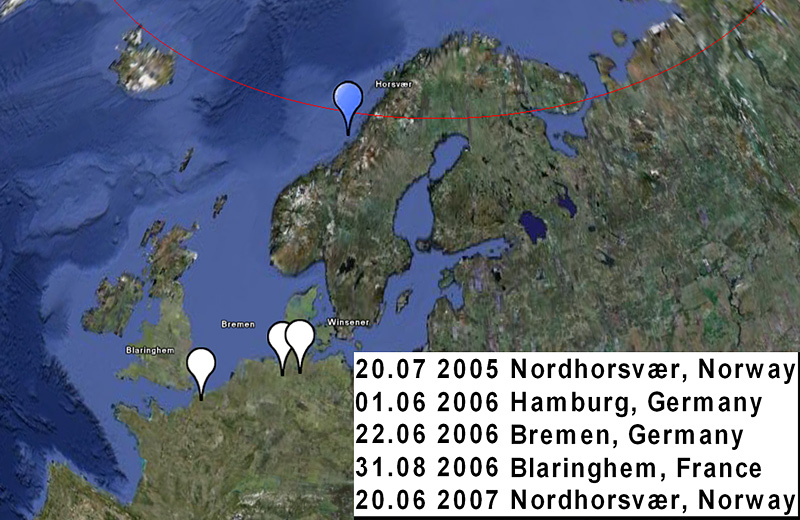 nominate Lesser Black-backed Gull (L. f. fuscus)
nominate Lesser Black-backed Gull (L. f. fuscus)
(last update:
Amir Ben Dov (Israel)
Hannu Koskinen (Finland)
Mars Muusse (the Netherlands)
fuscus 1cy July
fuscus 1cy Aug
fuscus 1cy Sept
fuscus 1cy Oct
fuscus 1cy Nov
fuscus 1cy Dec
fuscus 2cy Jan
fuscus 2cy Feb
fuscus 2cy March
fuscus 2cy April
fuscus 2cy May
fuscus 2cy June
fuscus 2cy July
fuscus 2cy Aug
fuscus 2cy Sept
fuscus 2cy Oct
fuscus 2cy Nov
fuscus 2cy Dec
fuscus 3cy Jan
fuscus 3cy Feb
fuscus 3cy March
fuscus 3cy April
fuscus 3cy May
fuscus 3cy June
fuscus 3cy July
fuscus 3cy August
fuscus 3cy Sept
fuscus 3cy October
fuscus 3cy Nov
fuscus 3cy Dec
fuscus 4cy Jan
fuscus 4cy Feb
fuscus 4cy March
fuscus 4cy April
fuscus 4cy May
fuscus 4cy June
fuscus 4cy July
fuscus 4cy Aug
fuscus 4cy Sept
fuscus 4cy Oct
fuscus 4cy Nov
fuscus 4cy Dec
fuscus ad Jan
fuscus ad Feb
fuscus ad March
fuscus ad April
fuscus ad May
fuscus ad June
fuscus ad July
fuscus ad Aug
fuscus unringed Aug
fuscus ad Sept
fuscus ad Oct
fuscus ad Nov
fuscus ad Dec
Larus fuscus fuscus 3cy J214, June 20 2007, Horsvær, Nordland (65.19.09 N - 11.38.02 E), Norway. Picture: Morten Helberg.
J214, ringed as pullus in 2005, now returning in northern Norway. Sex not determined. Especially male birds may already turn up in the colony in their 3cy. Harry Vercruijsse (1999), who did research in the Netherlands on Herring Gulls in the dunes, found the breeding attempts by such young birds not really successful in their first year back in the colony. Birds in 3cy may occupy a territory, but real breeding attempts often start the next year. Still, it may be a good strategy to return at such early age, to have advantage over other males regarding best breeding locations and feeding grounds. Similar results were found by Chabrzyk & Coulson (1976) on the Isle of May, SE Scotland.
Note small white tips on at least P4-P8. Below, you also see a map of Europe, with the ring readings for J214. Despite being born in a pure fuscus colony, this bird followed the western migration route along the North Sea coast, and probably further south along the Atlantic coast of France and Portugal.
More information about migration strategies in Norwegian fuscus and the ringing programme in the three northern counties of Norway: Nordland, Troms and Finnmark, can be found here: The summary for juveniles can be found in the fuscus 1cy October section, the summary for adults can be found in the fuscus adult October section.
Morten Helberg, Geir Systad, Ingve Birkeland, Nils Lorentzen & Jan Bustnes published an article about this research in Ardea 97, 2009, titled: Migration patterns of adult and juvenile Lesser Black-backed Gulls Larus fuscus from northern Norway. The complete PDF can be found HERE.
HJP Vercruijsse, Zilvermeeuwen uit de duinen van Schouwen, 1999. Publication ibn dlo, Tilburg, ISBN 9090131671.
G Chabrzyk & JC Coulson, Survival and recruitment in the Herring Gull Larus argentatus, 1976. J of An Eco 45: 187-203.

